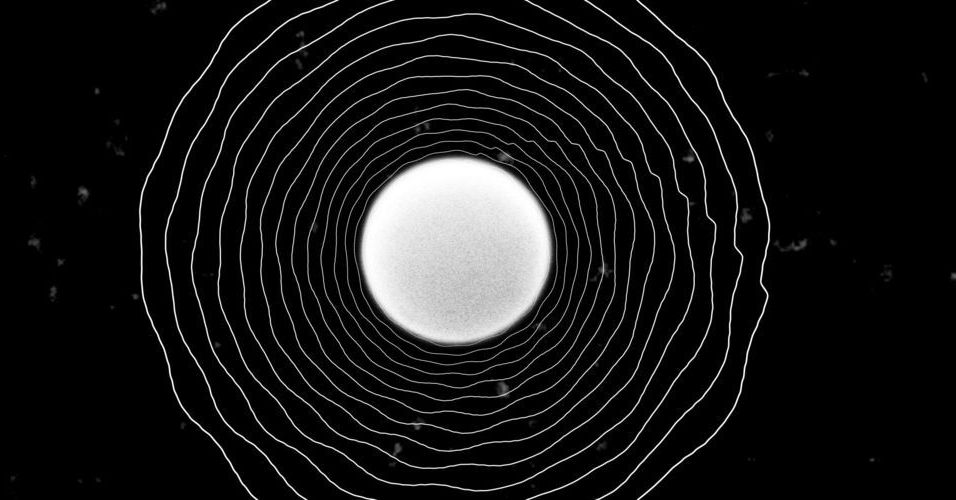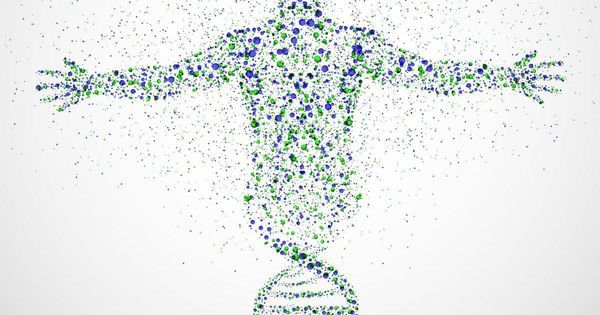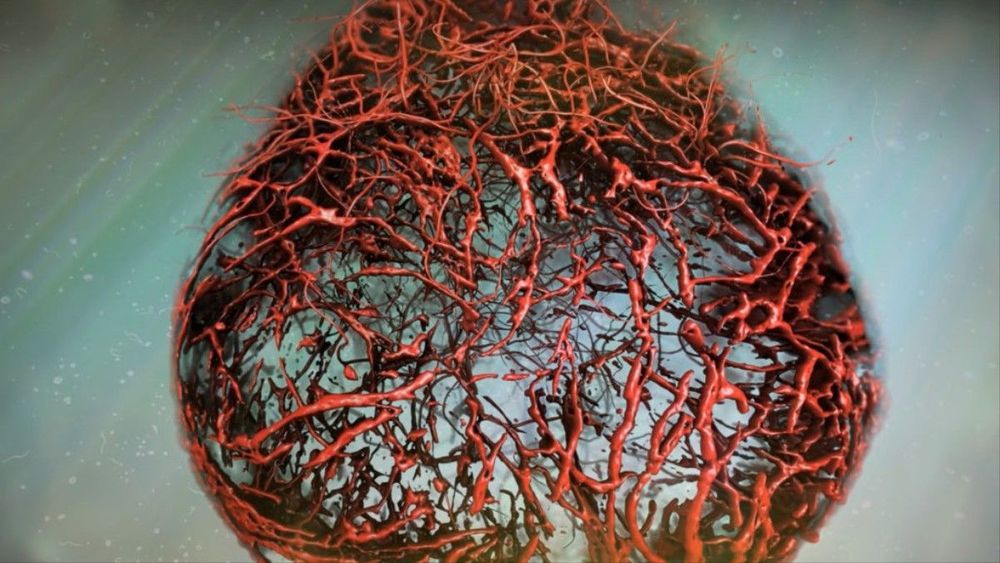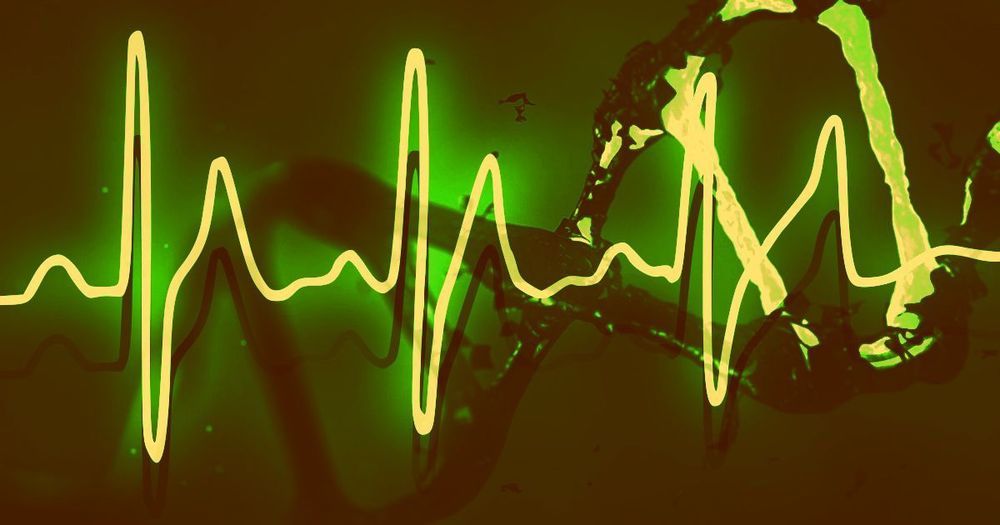LEAF writer Nicola Bagalà recounts meeting an old lady on the street and considers what might have happened in a world free from age-related diseases.
I would like to share a story about an encounter I had a couple of years back, when I was nearing the end of my university studies. At the time, I lived in a student apartment pretty much on the outskirts of Helsinki, Finland. Like most of Finland, this area is beautiful and brimming with green everywhere in the summer, but at the end of March— which is when the story takes place—it still looks like a barren, icy desert, and during a late evening like the one on which I had my encounter, it can be very cold and dark.
That evening, my girlfriend and I were coming back from the nearby supermarket, carrying two or three heavy bags full of groceries and looking forward to being home. We were talking about something I can’t recall when we passed right next to another person whose figure I could not make out very well. I had a feeling that it was a woman, but that’s all I could tell. As we walked away from her, I thought I could hear a voice calling—maybe it was her, but I told myself that she was probably talking on the phone or something. I heard her calling again, at which point I turned around to check if she was actually trying to catch our attention.
I was right—she was a woman. More specifically, an old Finnish lady, looking quite lost and tired. What follows is an account of the conversation I had with her—my girlfriend can’t really speak Finnish. I had actually written this down somewhere not too long after it had happened, but I could not remember the conversation line by line, and I had to improvise a little to fill in the blanks here and there as I translated it from Finnish. It is as accurate as I can possibly make it.









